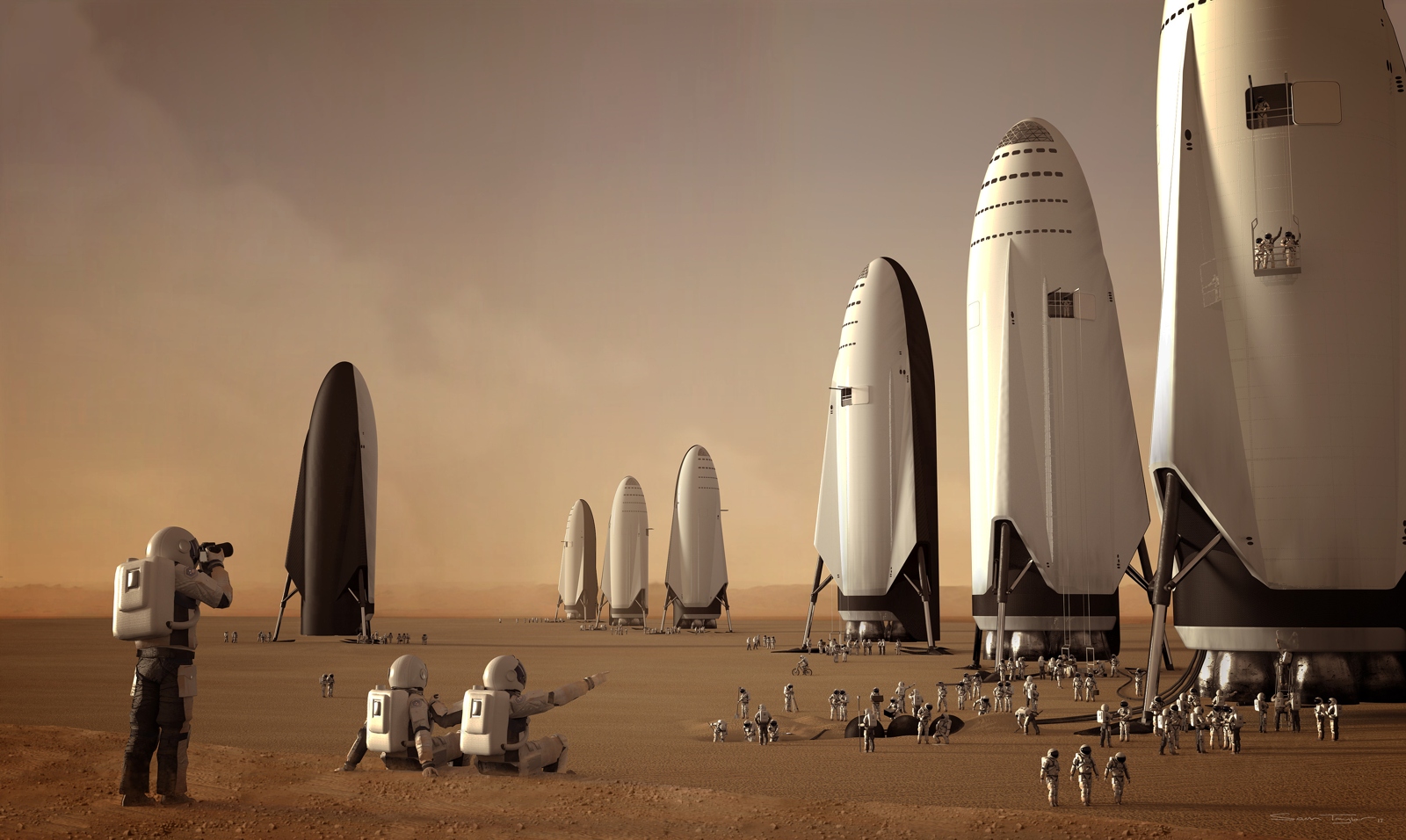
SpaceX’s Journey to Mars: Hiring Life Support Engineers
SpaceX, the pioneering aerospace company founded by Elon Musk, has been at the forefront of space exploration and innovation. With ambitious plans to colonize Mars, SpaceX is actively hiring life support engineers to ensure the safety and well-being of future astronauts on their journey to the Red Planet. This blog post delves into the significance of these hires, the timeline to Mars, and why Mars is the only viable candidate for human colonization.
The Role of Life Support Engineers
Life support engineers play a crucial role in SpaceX’s mission to Mars. These engineers are responsible for developing and maintaining the systems that provide astronauts with essential resources such as air, water, and temperature control. The life support systems must be highly reliable and capable of sustaining human life in the harsh environment of space and on the Martian surface.
SpaceX’s job listings for life support engineers highlight the importance of this role. Engineers are tasked with designing, analyzing, testing, and manufacturing components that are critical to the safety of astronauts. This includes systems for air distribution, air sanitation, water collection and reclamation, waste management, fire suppression, and thermal control. The goal is to create a self-sustaining environment that can support human life during long-duration missions to Mars.
Timeline to Mars
Elon Musk has set an ambitious timeline for SpaceX’s mission to Mars. The company aims to send the first crewed missions to Mars within the next few years. According to Musk, the first uncrewed Starship missions to Mars could take place as early as 2026, with crewed missions following in 2028. The timeline involves several key milestones:
- Development and Testing of Starship: SpaceX’s Starship spacecraft, designed for deep space missions, is currently undergoing rigorous testing and development. The spacecraft will be capable of carrying both crew and cargo to Mars and beyond.
- Orbital Test Flights: Before embarking on a journey to Mars, SpaceX plans to conduct orbital test flights of the Starship. These tests will validate the spacecraft’s performance and ensure its readiness for interplanetary travel.
- Uncrewed Missions: The first uncrewed missions to Mars will focus on testing the landing capabilities of the Starship and delivering essential supplies and equipment to the Martian surface.
- Crewed Missions: If the uncrewed missions are successful, SpaceX will proceed with crewed missions to Mars. These missions will involve astronauts traveling to Mars, establishing a base, and conducting scientific research.
Why Mars is the Only Candidate for Colonization
Mars has long been considered the most viable candidate for human colonization for several reasons:
- Proximity to Earth: Mars is one of Earth’s closest neighbors, making it relatively accessible compared to other planets. The average distance between Earth and Mars is about 140 million miles, and the journey takes approximately 6.5 to 8 months.
- Similarities to Earth: Mars shares several similarities with Earth, including a day length of 24.6 hours and a tilt on its axis that results in seasons. These factors make it easier for humans to adapt to life on Mars.
- Potential for Habitability: Mars has a thin atmosphere composed mostly of carbon dioxide, which can be used to grow plants. The presence of water ice on Mars also provides a potential source of water for human settlers.
- Scientific Exploration: Colonizing Mars offers unique opportunities for scientific research. Studying the Martian surface and its geological history can provide insights into the planet’s past and the potential for past or present life.
- Human Expansion and Survival: Establishing a colony on Mars is seen as a crucial step in ensuring the long-term survival of humanity. By becoming a multiplanetary species, humans can safeguard against potential threats to life on Earth, such as natural disasters or other catastrophic events.
Conclusion
SpaceX’s mission to Mars represents a bold and ambitious vision for the future of humanity. The hiring of life support engineers is a critical step in ensuring the success of this mission. With a clear timeline and a focus on developing cutting-edge technology, SpaceX is paving the way for human colonization of Mars. As the only viable candidate for colonization, Mars offers the potential for scientific discovery, human expansion, and the long-term survival of our species.





